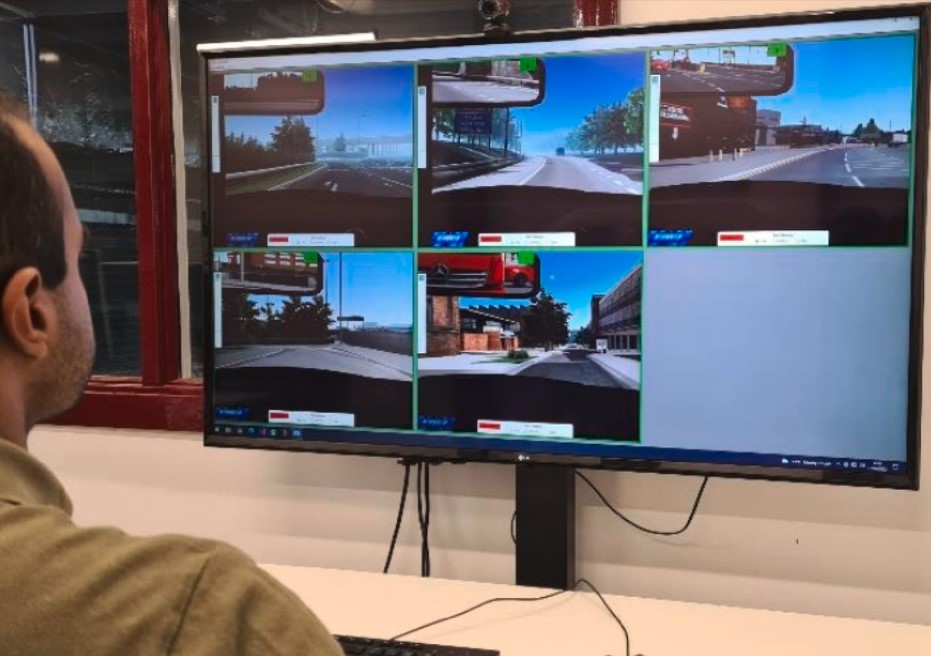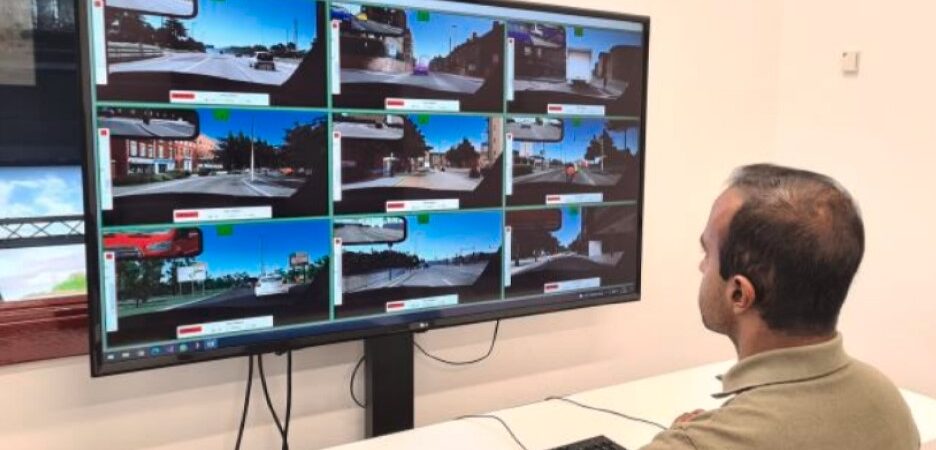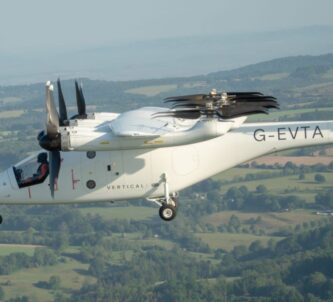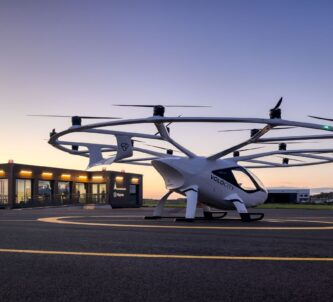It’s a good question. Especially as self-driving vehicle trials expand across the UK and there is a need for remote oversight on services such as driverless buses, delivery vehicles and robotaxis (not private vehicles), where one person can monitor several vehicles as they follow fixed routes and can intervene remotely if something goes wrong.
Monitoring several vehicles at once could improve efficiency, cut costs and reduce the risk of accidents, but only if we understand how many one person can safely supervise without losing focus or becoming overwhelmed.
It turns out, the answer is five, according to new research led by Coventry University.

Researchers from Coventry University’s Research Centre for Future Transport and Cities set out to find this limit by asking experienced drivers with limited monitoring experience to watch between three and nine synthetic self-driving cars on screens in a simulator of a control room, similar to setups planned for future transport networks.
The operators were instructed not to interfere with the driving, only to watch the cars across different scenarios and decide if a standby driver needed to step in when something looked wrong.
The study assessed how quickly and accurately participants responded to potential issues, as well as the difficulty they experienced during the task.
Results showed that operators were most effective when watching around five vehicles, as it allowed them to react quickly and stay alert without feeling overwhelmed. On average, they took 13 seconds to respond, which is close to how long it takes to fully evaluate a situation before acting.
Performance stayed steady when operators monitored between five and seven vehicles but dropped considerably once they had to watch nine.
When supervising only three vehicles, some operators intervened too often, suggesting the task wasn’t challenging enough and may have led to over-alertness.
Operators said clear and timely information from the vehicles helped them make decisions, but too many messages became distracting. This suggests alternative ways to deliver information, such as audio or voice alerts, could improve focus and response times.
Professor Stewart Birrell, Director of the Research Centre for Future Transport and Cities, said: “We’re proud to have provided insights that could support the safe rollout of connected and automated vehicles. This study was essential for understanding what remote supervision might look like in the real world. We found that five vehicles are enough to keep operations efficient without overwhelming the human operator.
“Having this knowledge and insight is critical if we want these systems to work in busy places like cities, where one person might need to keep an eye on several vehicles at once.”
Alongside this research study, Coventry University has also been playing a key role in the delivery of the SCALE project. Funded by the UK Government’s Centre for Connected and Autonomous Vehicles, the next phase of the project, SCALE2, will be deploying remote control systems for automated vehicles in Solihull.
Full details of the study here.







